Home>Home Maintenance>What Is A Mechanical Ventilation System
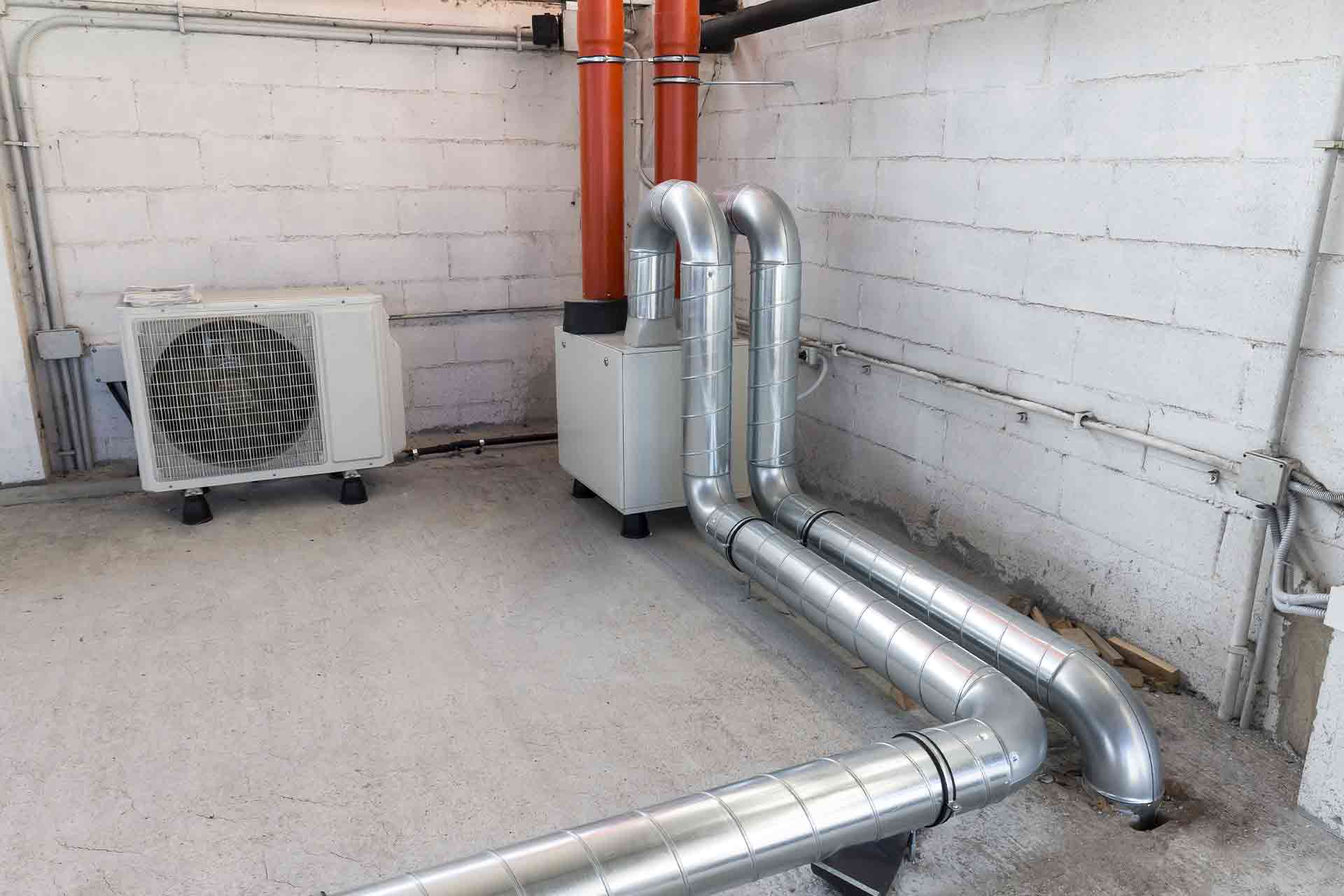

Home Maintenance
What Is A Mechanical Ventilation System
Modified: October 19, 2024
Learn about the importance of a mechanical ventilation system for home maintenance. Improve indoor air quality and keep your family healthy with proper ventilation.
(Many of the links in this article redirect to a specific reviewed product. Your purchase of these products through affiliate links helps to generate commission for Storables.com, at no extra cost. Learn more)
Introduction
Welcome to the world of home maintenance! As homeowners, we strive to create a safe and comfortable living environment for ourselves and our loved ones. One aspect of home maintenance that often goes unnoticed, but is of utmost importance, is proper ventilation. Ventilation plays a vital role in maintaining indoor air quality and regulating temperature and humidity levels within our homes.
In this article, we will dive deep into the topic of mechanical ventilation systems. You may be wondering, “What exactly is a mechanical ventilation system?” Well, you’re in the right place! We will explore the definition, components, types, benefits, and installation and maintenance considerations for these systems. By the end, you will have a comprehensive understanding of how mechanical ventilation systems can improve the air quality and overall comfort of your home.
Key Takeaways:
- Ensure a healthy home environment with a mechanical ventilation system, which removes stale air and brings in fresh air, improving indoor air quality, comfort, and energy efficiency.
- Choose the right mechanical ventilation system for your home by considering factors like airflow requirements, climate, energy efficiency, and maintenance needs. Professional installation and regular maintenance are essential for optimal performance.
Read more: What Is Mechanical Plumbing
Definition of a Mechanical Ventilation System
A mechanical ventilation system is a system designed to actively remove stale and polluted air from indoor spaces and replace it with fresh outdoor air. Unlike natural ventilation, which relies on air movement through windows and doors, mechanical ventilation systems use mechanical fans and ductwork to control and circulate the airflow.
These systems work in conjunction with the home’s HVAC (heating, ventilation, and air conditioning) system to provide a continuous supply of fresh air while also removing excess moisture, odors, and potentially harmful pollutants from indoor spaces. By doing so, mechanical ventilation systems help maintain a healthy and comfortable environment inside the home.
There are several types of mechanical ventilation systems available, each with its own set of features and functions. However, all mechanical ventilation systems consist of three main components: the fan, the ventilation unit, and the ductwork.
The fan is responsible for extracting stale air from the indoor spaces and transporting it through the ductwork to the ventilation unit. The ventilation unit is where the heat exchanger or energy recovery system (in some models) is located. This unit helps to condition the incoming outdoor air by either transferring heat from the outgoing air in cold climates (heat recovery ventilator) or by transferring both heat and moisture (energy recovery ventilator).
The conditioned outdoor air is then distributed through the ductwork and into the various rooms of the house. Some mechanical ventilation systems also incorporate filters to help remove particulates and allergens from the incoming air, further improving indoor air quality.
Overall, a mechanical ventilation system creates a controlled and efficient airflow throughout the home, ensuring a constant supply of fresh air while maintaining energy efficiency.
Components of a Mechanical Ventilation System
A mechanical ventilation system consists of several key components that work together to ensure proper ventilation and air circulation within a home. Let’s take a closer look at each of these components:
- Fan: The fan is the heart of a mechanical ventilation system. It is responsible for extracting stale air from the indoor spaces and pushing it out of the house. The fan can be located either in the ventilation unit or in the ductwork. It is crucial to select a fan with the appropriate capacity to adequately ventilate the desired areas.
- Ventilation Unit: The ventilation unit is where the air purification and conditioning mechanisms are housed. It typically includes a heat exchanger or an energy recovery system. A heat exchanger helps transfer heat from the outgoing stale air to the incoming fresh air, while an energy recovery system can also transfer moisture, improving energy efficiency.
- Ductwork: The ductwork is a network of pipes or channels that distribute the fresh air from the ventilation unit to various rooms in the house. It also carries the stale air from the rooms back to the ventilation unit for extraction. Properly designed and installed ductwork ensures an even distribution of air throughout the home.
- Filters: Filters are essential components of mechanical ventilation systems as they help remove airborne particles, allergens, and pollutants from the incoming air. High-quality filters can significantly improve indoor air quality by trapping contaminants before they enter the living spaces. Regular filter maintenance and replacement are important for optimal performance.
- Controls: Controls are used to regulate the operation of the mechanical ventilation system. These can include thermostats, timers, humidity sensors, and manual or programmable control panels. The controls allow homeowners to adjust the ventilation settings based on their preferences and the specific requirements of the home.
- Exhaust Vents and Intake Vents: Exhaust vents are strategically placed throughout the house to expel stale air. These vents are commonly found in bathrooms, kitchens, and utility rooms. Intake vents, on the other hand, bring in fresh outdoor air. They are usually located in bedrooms, living rooms, or other areas where occupants spend the most time.
By understanding the different components of a mechanical ventilation system, homeowners can make informed decisions about the type and configuration of the system that best suits their needs. Proper sizing, installation, and maintenance of these components are crucial for optimal performance and energy efficiency.
Types of Mechanical Ventilation Systems
When it comes to mechanical ventilation systems, there are several types to choose from, each offering unique features and functionalities. Here are the most commonly used types:
- Exhaust-Only Ventilation System: This type of system relies on exhaust fans to extract stale air from the indoor spaces. It works by creating a negative pressure within the home, which draws in fresh outdoor air through natural leakage points, such as cracks or gaps in windows and doors. While relatively simple and cost-effective, exhaust-only ventilation systems are typically less energy-efficient compared to other types.
- Supply-Only Ventilation System: In contrast to exhaust-only systems, supply-only systems focus on bringing in fresh outdoor air into the home while allowing for natural passive extraction of stale air. This is achieved by using fans to push outdoor air into the living spaces. The pressure difference created causes the stale air to escape through cracks and vents. Supply-only systems are commonly used in warmer climates where cooling and dehumidification are primary concerns.
- Balanced Ventilation System: A balanced ventilation system aims to maintain an equal flow of both incoming and outgoing air, ensuring a well-balanced and controlled indoor environment. It employs separate fans for supply and exhaust air, which are usually installed in different areas of the house. Balanced ventilation systems can incorporate heat exchangers or energy recovery systems to improve energy efficiency by transferring heat between the two air streams.
- Energy Recovery Ventilation (ERV) System: An ERV system goes a step further by not only transferring heat but also moisture between the incoming and outgoing air streams. This helps to maintain proper humidity levels within the home, especially in climates with extreme temperature variations. ERV systems are particularly beneficial in regions with hot and humid summers and cold winters.
- Heat Recovery Ventilation (HRV) System: Similar to an ERV system, an HRV system also includes a heat exchanger. However, it focuses solely on the transfer of heat between the indoor and outdoor air streams. HRV systems are commonly used in colder climates where heat conservation is a priority. They help to recover a significant portion of the heat from the outgoing air, reducing heating costs during the winter.
When choosing a mechanical ventilation system, it’s important to consider factors such as climate, budget, energy efficiency, and the specific requirements of your home. Consulting with a professional HVAC technician can help you determine the best type of mechanical ventilation system for optimal indoor air quality and comfort.
Benefits of Using a Mechanical Ventilation System
A mechanical ventilation system offers a range of benefits that contribute to the overall comfort, health, and well-being of homeowners. Here are some key advantages of using a mechanical ventilation system:
- Improved Indoor Air Quality: One of the main benefits of a mechanical ventilation system is the continuous supply of fresh air. This helps to remove pollutants, allergens, and odors from the indoor spaces, ensuring healthier and cleaner air for you and your family to breathe. Mechanical ventilation systems also help reduce the buildup of excessive moisture, preventing the growth of mold and mildew.
- Control over Ventilation: Unlike natural ventilation, which depends on external factors such as wind direction and temperature, mechanical ventilation systems give homeowners more control over the airflow and ventilation of their homes. With adjustable settings, timers, and sensors, you can customize the ventilation according to your specific needs and preferences.
- Energy Efficiency: Modern mechanical ventilation systems are designed with energy efficiency in mind. Systems with heat recovery or energy recovery mechanisms can transfer heat and moisture between the incoming and outgoing air streams, reducing the energy required to condition the fresh air. This leads to lower utility bills and a smaller carbon footprint.
- Improved Comfort: Mechanical ventilation systems help regulate temperature and humidity levels in the home, creating a more comfortable living environment. These systems can prevent excessive heat buildup during hot summers and minimize cold drafts during the winter, ensuring a consistent and comfortable indoor climate throughout the year.
- No Dependence on Open Windows: With a mechanical ventilation system, you no longer have to rely on opening windows and doors for fresh air. This means you can enjoy the benefits of proper ventilation, even in areas with high outdoor noise levels, dust, or allergens.
- Health Benefits: Proper ventilation plays a crucial role in maintaining good health. Mechanical ventilation systems help remove harmful pollutants, such as volatile organic compounds (VOCs), indoor allergens, and airborne viruses and bacteria. This can reduce the risk of respiratory problems, allergies, and other health issues caused by poor indoor air quality.
Overall, using a mechanical ventilation system in your home can greatly enhance your indoor living experience. It ensures a constant supply of fresh air, eliminates pollutants, and provides control over the ventilation process. With improved indoor air quality, energy efficiency, and overall comfort, a mechanical ventilation system is a valuable addition to any home.
Read more: What Is Mechanical Work In Construction
Factors to Consider When Choosing a Mechanical Ventilation System
When selecting a mechanical ventilation system for your home, it’s important to consider various factors to ensure that you choose the right system that fits your needs. Here are some key factors to keep in mind:
- Airflow Requirements: Determine the specific airflow requirements for your home. Consider factors such as the size of the house, number of rooms, and the ventilation needs of different areas, such as bathrooms, kitchens, and living spaces.
- Climate: Take into account the climate in your area. Hot and humid climates may require systems that focus on cooling and dehumidification, while cold climates may benefit from systems that prioritize heat recovery for efficient heating.
- Energy Efficiency: Look for mechanical ventilation systems with high energy efficiency ratings. Systems with heat recovery or energy recovery mechanisms can help reduce energy consumption by transferring heat between the incoming and outgoing air streams.
- Noise Level: Consider the noise level of the mechanical ventilation system. Look for systems with low noise ratings, especially for areas where noise sensitivity is a concern, such as bedrooms or study areas.
- Budget: Determine your budget for a mechanical ventilation system, including the initial installation cost and potential long-term maintenance expenses. Consider the return on investment in terms of energy savings and improved indoor air quality.
- Maintenance: Evaluate the maintenance requirements of the system. Some systems may require regular filter replacements or professional servicing to ensure optimal performance and longevity.
- Installation: Consider the complexity and requirements of the installation process. Some systems may require professional installation, while others may be suitable for DIY installation. Ensure that the chosen system is compatible with your home’s existing HVAC setup.
- Controls and Features: Explore the controls and features offered by different mechanical ventilation systems. Look for systems that allow you to adjust settings, set timers, and monitor air quality. Additional features, such as humidity sensors and smart integration, can enhance ease of use and efficiency.
- Professional Consultation: It’s highly recommended to consult with a professional HVAC technician or an experienced ventilation specialist. They can assess your specific needs and provide expert advice on the most suitable mechanical ventilation system for your home.
By considering these factors and conducting thorough research, you can make an informed decision regarding the mechanical ventilation system that best meets your requirements. Choosing the right system will ensure optimal indoor air quality, energy efficiency, and overall comfort in your home.
Installation and Maintenance of a Mechanical Ventilation System
Proper installation and regular maintenance are vital for the effective operation and longevity of a mechanical ventilation system. Here are some important considerations for installation and maintenance:
Installation:
1. Consult with a Professional: It is recommended to seek the assistance of a professional HVAC technician or ventilation specialist for the installation of a mechanical ventilation system. They have the expertise and knowledge to determine the most suitable system for your home and ensure proper installation following industry best practices.
2. Consider Ductwork Design: Proper design and installation of the ductwork are crucial for efficient airflow distribution. The size, placement, and insulation of the ducts should be optimized to minimize air leakage and maintain consistent airflow throughout the home.
3. Follow Manufacturer’s Instructions: Carefully read and follow the manufacturer’s installation instructions provided with the mechanical ventilation system. This ensures that the system is installed correctly and functions properly from the start.
4. Positioning of Vents and Grilles: Place exhaust vents in areas prone to moisture and pollutants, such as bathrooms and kitchens. Intake vents should be strategically positioned to bring in fresh outdoor air. Make sure vents and grilles are kept clear of obstructions for optimal airflow.
Maintenance:
1. Regular Filter Replacement: Filters play a crucial role in maintaining indoor air quality. Follow the manufacturer’s recommendations for filter replacement. Dirty or clogged filters can restrict airflow and reduce the system’s efficiency.
2. Clean Vents and Grilles: Regularly clean and remove dust and debris from vents and grilles to ensure unrestricted airflow. Use a vacuum or a damp cloth to remove accumulated dust and dirt.
3. Check and Clean Heat exchangers or Energy Recovery Systems: If your mechanical ventilation system includes a heat exchanger or energy recovery system, it is important to inspect and clean them regularly. This helps maintain optimal heat transfer and energy efficiency.
4. Monitor Performance: Keep an eye on the system’s performance. Observe for any unusual noises, decreased airflow, or signs of malfunction. If you notice any issues, contact a professional for inspection and necessary repairs.
5. Schedule Professional Maintenance: Periodically schedule professional maintenance for your mechanical ventilation system. This includes thorough cleaning, inspection of components, and performance testing. Professional maintenance helps identify potential issues early on and ensures that the system operates at its best.
Remember, proper installation and regular maintenance are essential for maximizing the efficiency, performance, and longevity of your mechanical ventilation system. By following these guidelines, you can enjoy clean and fresh indoor air throughout your home.
Read more: How Recliner Mechanism Works
Common Issues and Troubleshooting Tips for Mechanical Ventilation Systems
While mechanical ventilation systems are generally reliable, there may be occasional issues that require troubleshooting. Here are some common issues that you may encounter with a mechanical ventilation system along with troubleshooting tips:
1. Insufficient Airflow:
– Check if the fan is operating correctly. Ensure that it is not obstructed by debris or dust. Clean the fan blades if necessary.
– Verify that the ductwork is properly installed and not blocked or leaking. Repair or seal any issues found.
– Ensure that the intake and exhaust vents are clear of obstructions such as furniture, curtains, or debris.
2. High Energy Consumption:
– Check and clean the filters regularly. Dirty filters can restrict airflow and cause the system to work harder, leading to increased energy consumption.
– Verify that the heat exchanger (if present) is functioning properly. A malfunctioning heat exchanger can impact energy efficiency. Consult a professional for inspection and repairs if needed.
3. Excessive Noise:
– Inspect the fan and motor for any loose components. Tighten or replace as necessary.
– Check and secure any loose ductwork that may be causing vibrations and noise.
– Ensure that the fan blades are clean and free from dust or debris, as this can cause unnecessary noise.
Read more: What Is A Range Hood
4. Odors or Poor Air Quality:
– Clean or replace the filters regularly to remove dust, allergens, and pollutants from the air.
– Check for any leaks in the ductwork, as this can allow contaminants from the attic or crawl space to enter the living areas. Seal any leaks found.
– Ensure adequate ventilation in areas prone to odors, such as bathrooms and kitchens, by using proper exhaust vents.
5. System Not Operating at Set Times:
– Check the programming or timers on the controls to ensure that the system is set to operate during the desired times.
– Verify that the control panel or thermostat is functioning properly and replace the batteries if necessary.
– If the system still does not operate at the designated times, contact a professional to inspect and troubleshoot the control system.
If you encounter any issues with your mechanical ventilation system that you cannot resolve, it is best to seek the assistance of a professional HVAC technician. They have the expertise to diagnose and fix more complex problems and ensure that your ventilation system is operating at peak performance.
Remember, regular maintenance and prompt troubleshooting can help prolong the lifespan of your mechanical ventilation system and maintain optimal indoor air quality in your home.
Regular maintenance of a mechanical ventilation system is crucial to ensure it functions properly. This includes changing filters, cleaning ducts, and scheduling professional inspections.
Conclusion
A mechanical ventilation system is an invaluable addition to any home, providing numerous benefits in terms of indoor air quality, comfort, and energy efficiency. These systems actively remove stale air while bringing in fresh outdoor air, ensuring a healthy and comfortable living environment for you and your loved ones.
By understanding the components, types, and installation considerations for mechanical ventilation systems, homeowners can make informed decisions on choosing the right system for their specific needs. Proper sizing, installation, and maintenance are crucial for optimal performance and longevity of the system.
Mechanical ventilation systems offer several advantages, including improved indoor air quality, control over ventilation, energy efficiency, enhanced comfort, and better health. These systems play a vital role in removing airborne pollutants, regulating temperature and humidity, and reducing the risk of respiratory issues caused by poor air quality.
However, like any system, mechanical ventilation systems may experience occasional issues. By familiarizing yourself with common problems and troubleshooting tips, you can address these issues promptly and ensure that the system continues to operate smoothly.
In conclusion, a well-maintained and properly functioning mechanical ventilation system can greatly enhance your home’s living environment. It provides a continuous supply of fresh air, removes pollutants, and contributes to your overall well-being. Consultation with a professional HVAC technician or ventilation specialist is recommended to ensure you choose the most suitable system and receive professional installation and maintenance support.
Investing in a high-quality mechanical ventilation system is an investment in the health and comfort of your home. Breathe easy and enjoy the benefits that come with a well-ventilated and invigorating living space.
Frequently Asked Questions about What Is A Mechanical Ventilation System
Was this page helpful?
At Storables.com, we guarantee accurate and reliable information. Our content, validated by Expert Board Contributors, is crafted following stringent Editorial Policies. We're committed to providing you with well-researched, expert-backed insights for all your informational needs.


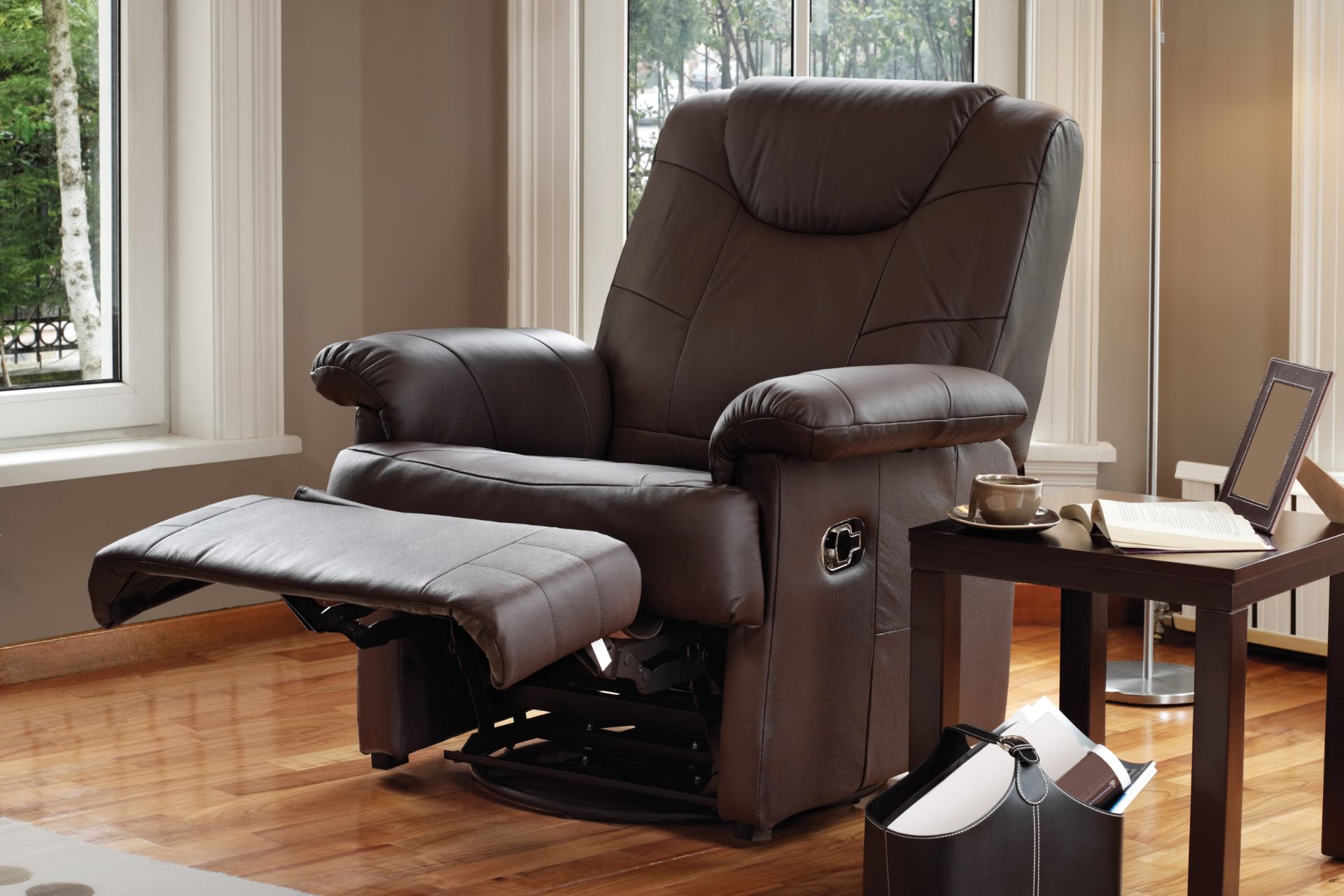
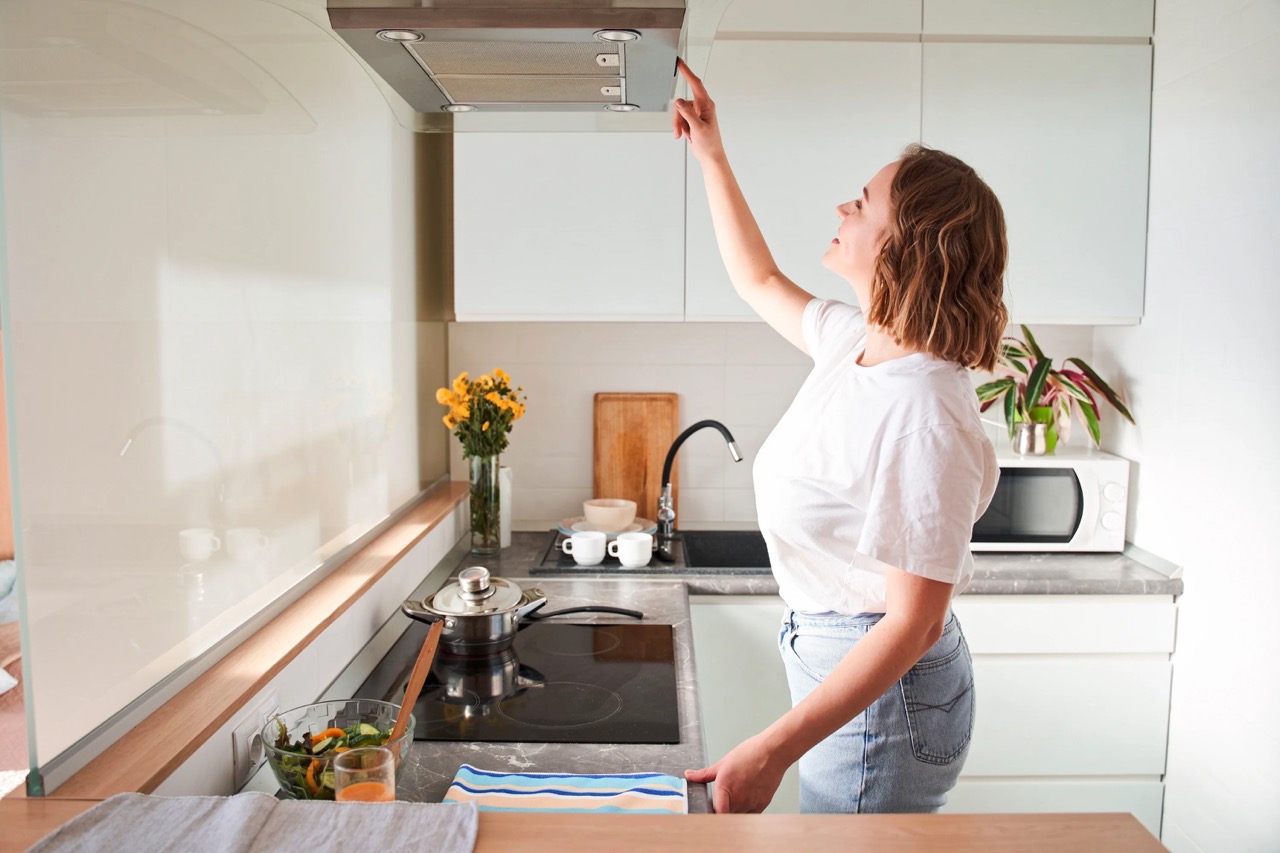
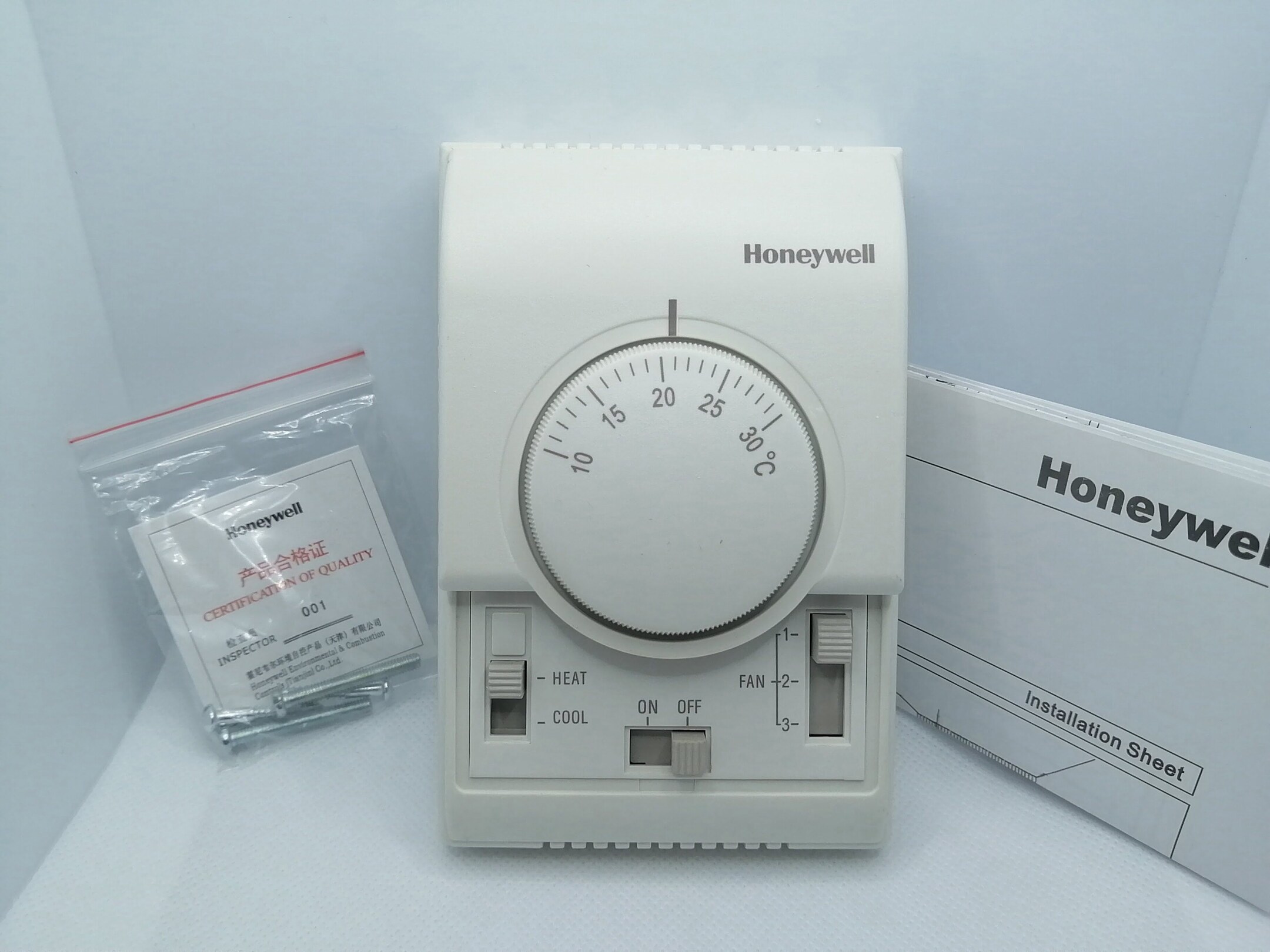
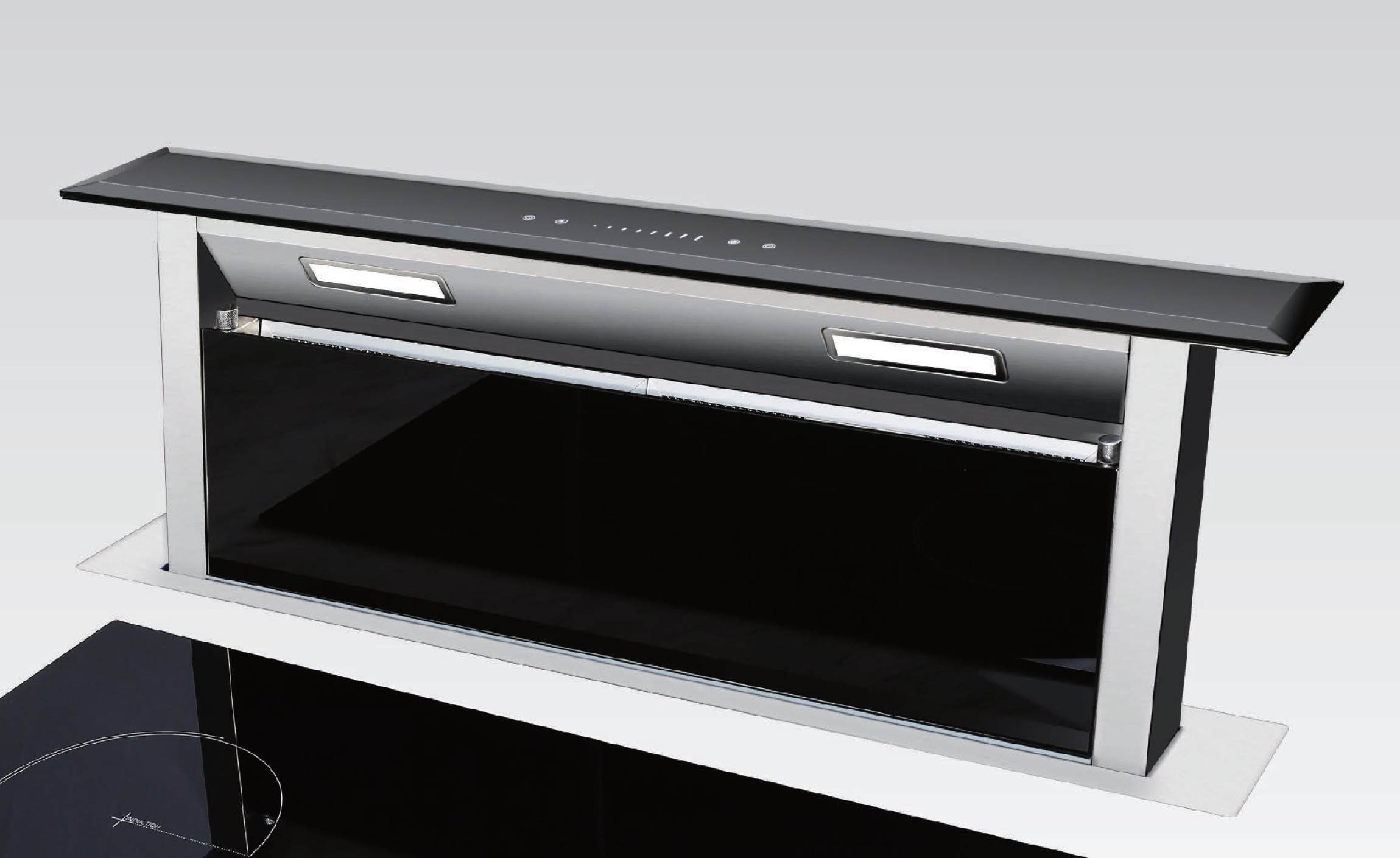
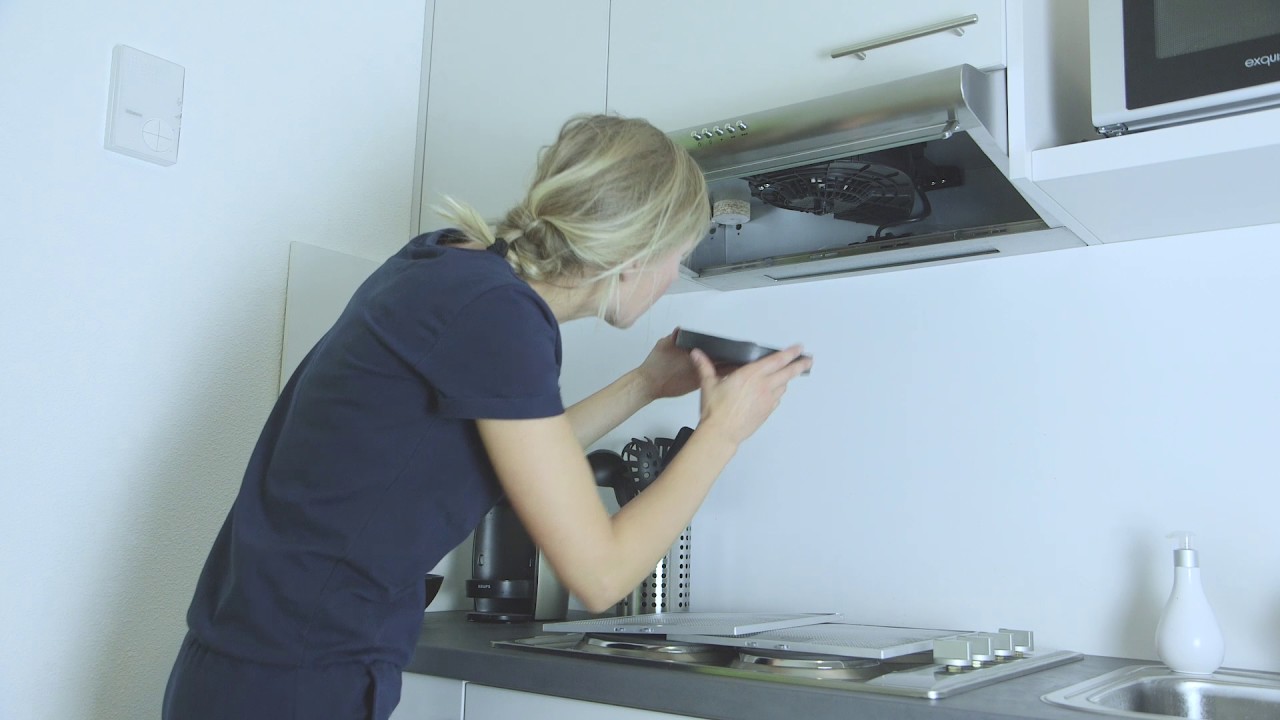
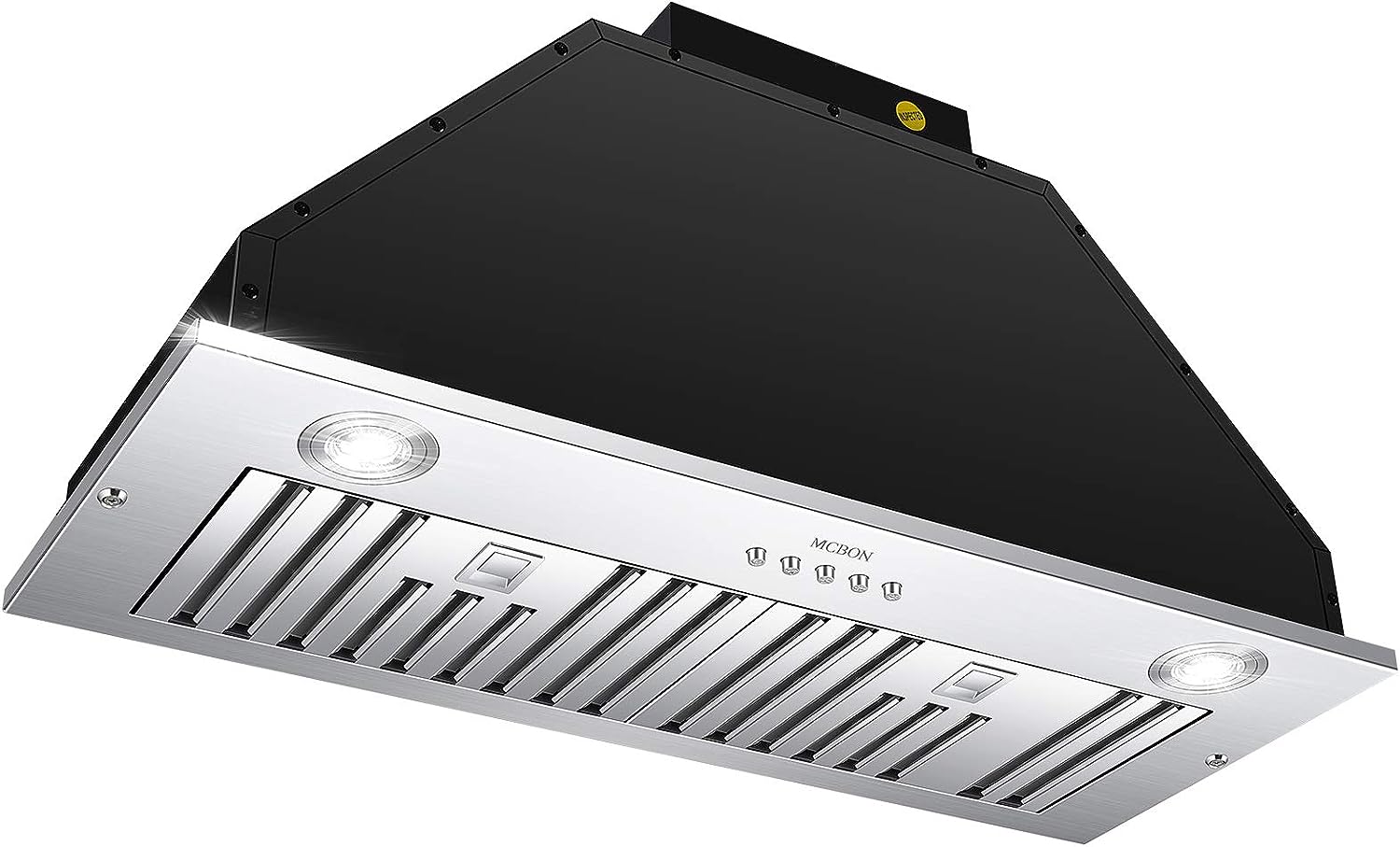
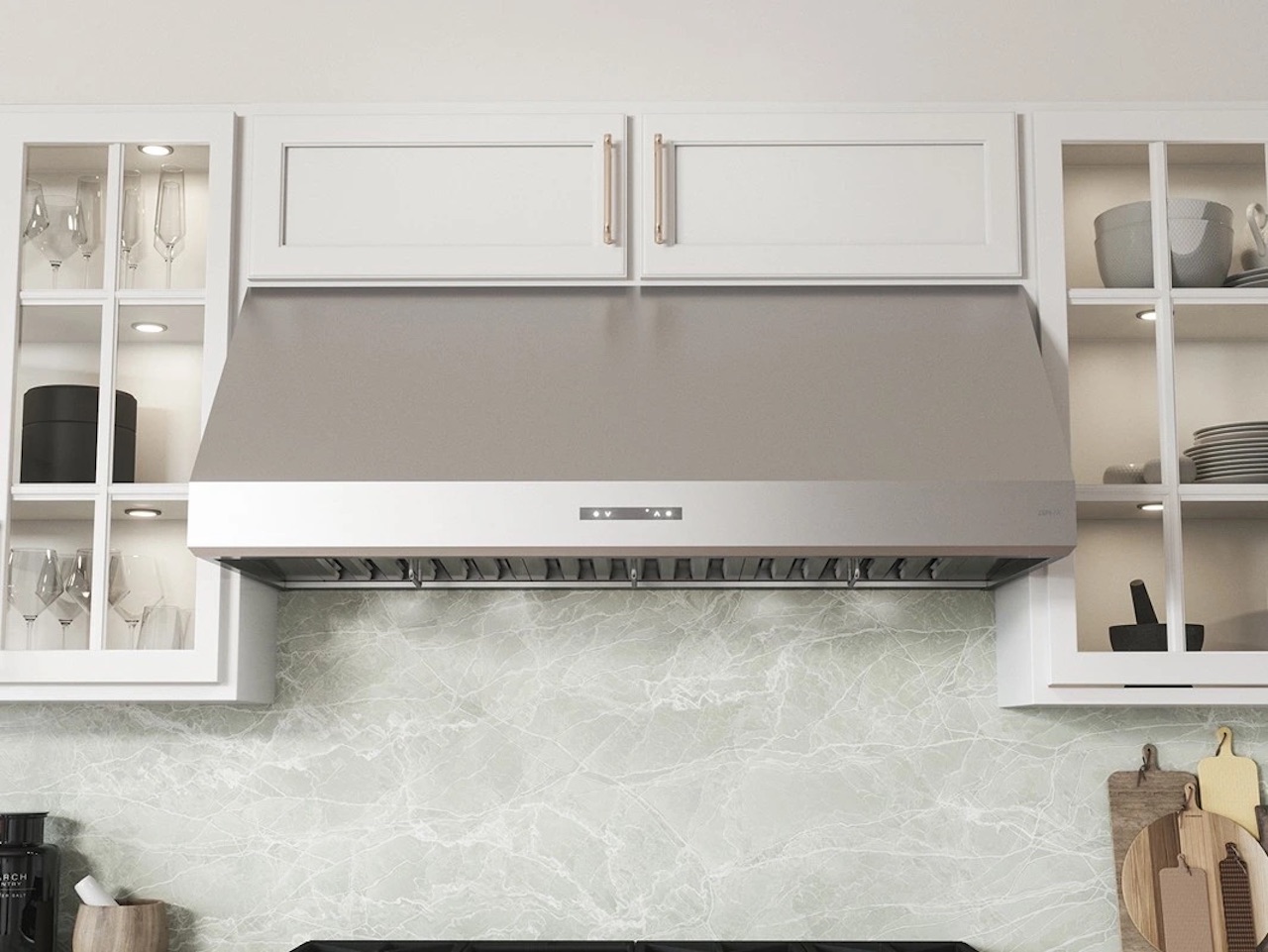
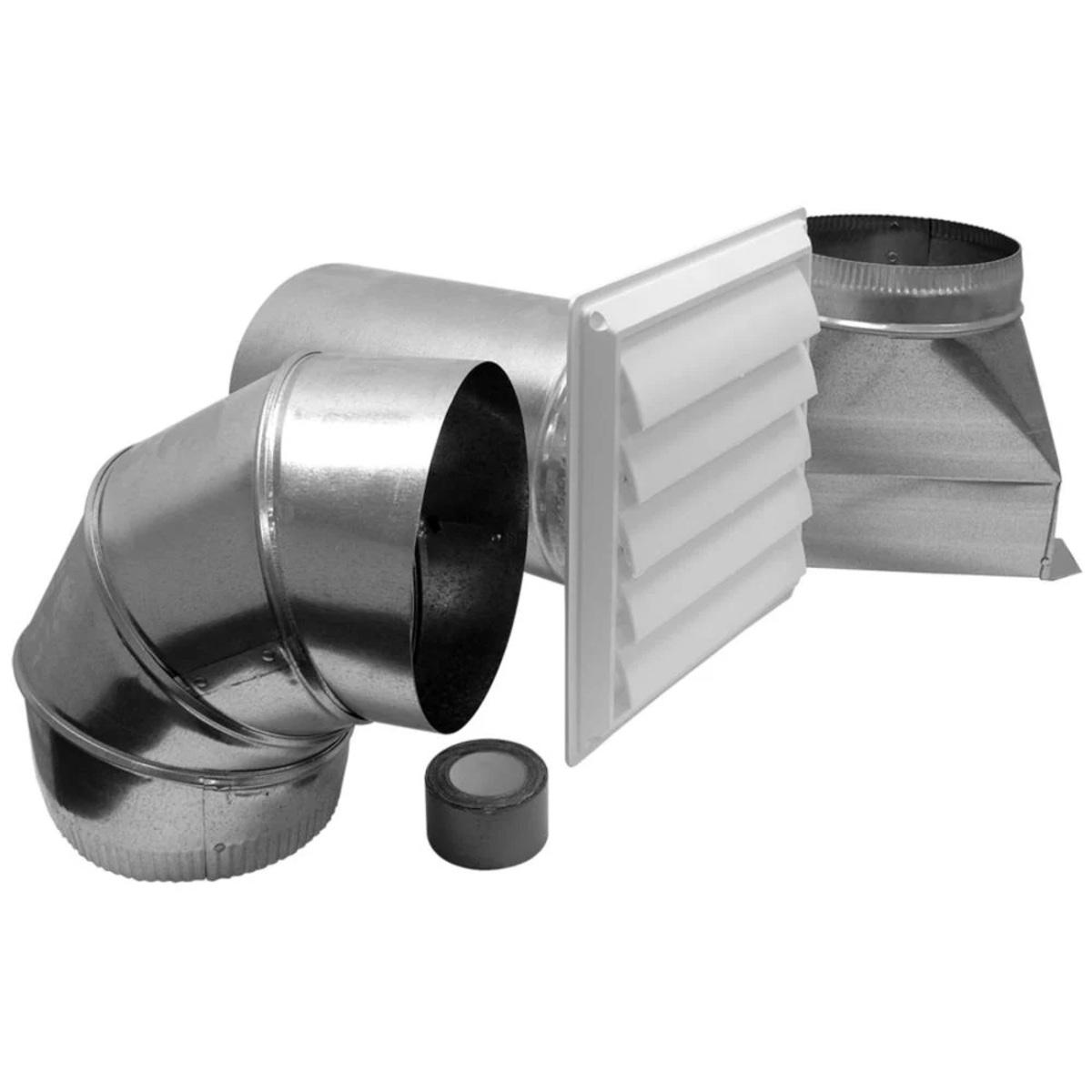
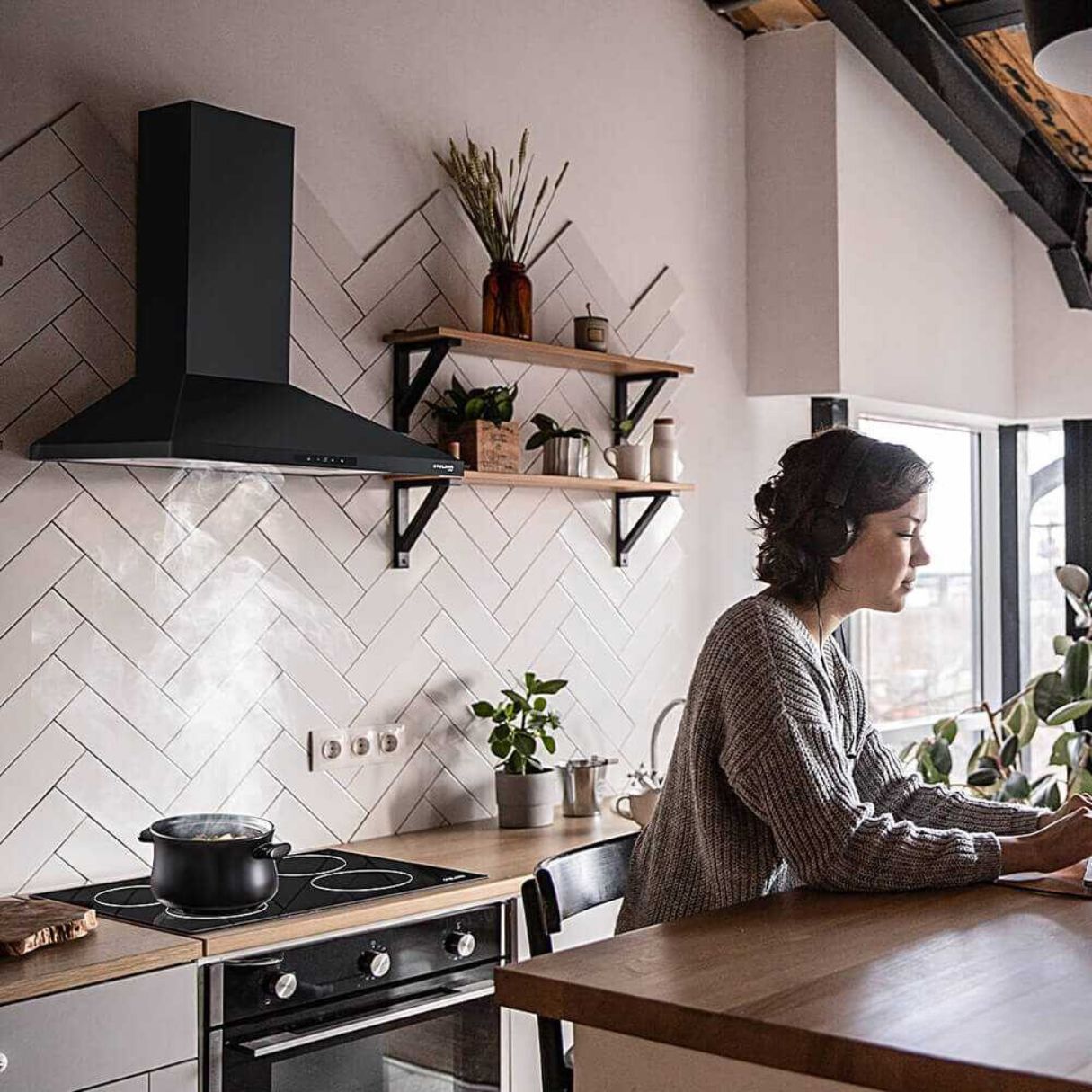
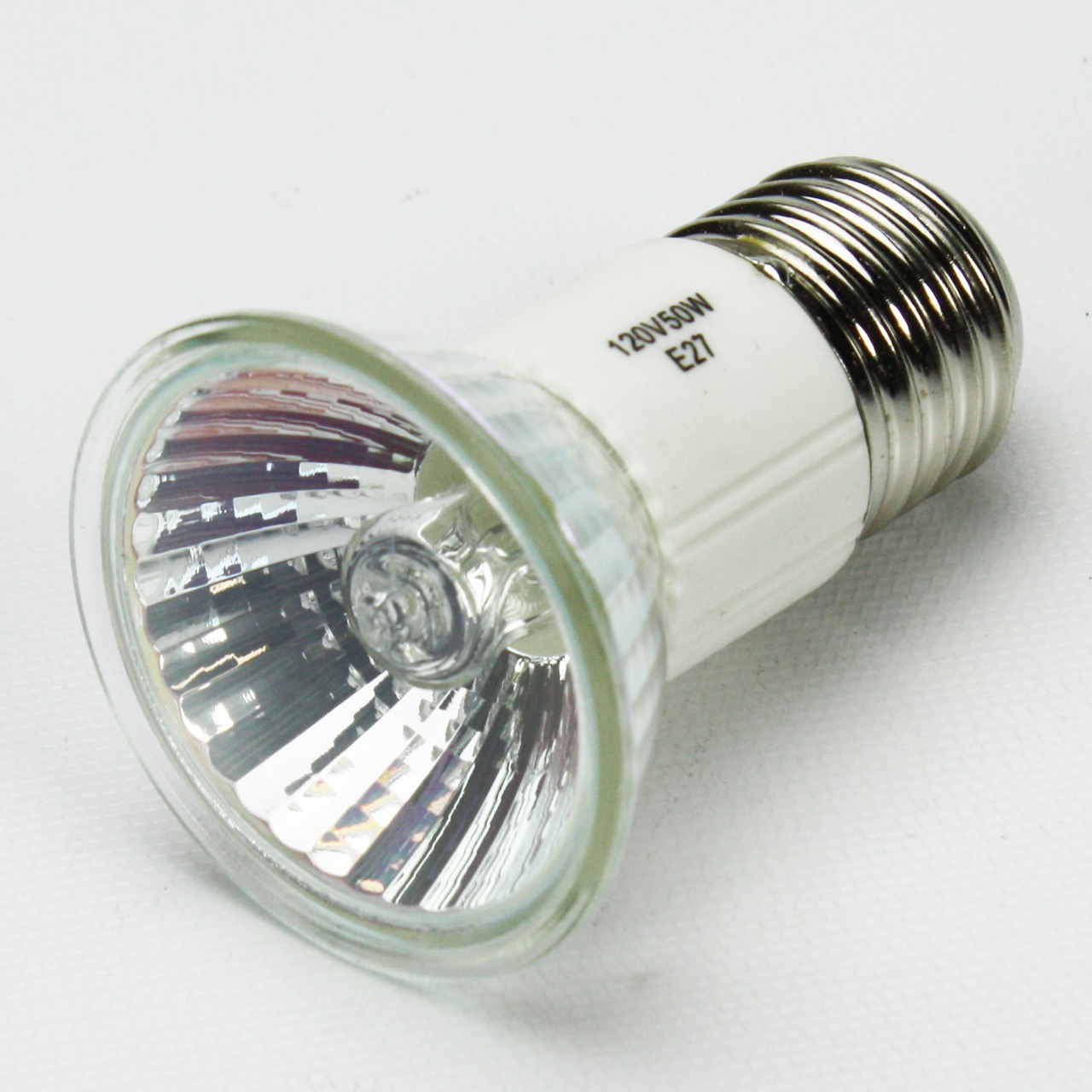

0 thoughts on “What Is A Mechanical Ventilation System”